Everything is going digital now, and companies are trying to reach out to their customers; even the food delivery industry is included here. Zomato and Swiggy are probably the biggest names in India's online food delivery market, transforming the way food is ordered. Their innovative and efficacious digital marketing strategies made these two platforms immensely popular. Both companies, through appropriate use of social media, influencer collaborations, SEO, and PPC advertising, have made maximum use of their online presence and bumped up millions of users. Their digital marketing strategies may attract new customers while engaging old customers through the personalization of customer experience and campaigns.
In this blog, we will discuss the top digital marketing strategies usually used by Zomato and Swiggy, and compare their strategies along with a few struggles faced and the way forward for digital marketing for food delivery apps.
Zomato’s Digital Marketing Strategies
The online food delivery service Zomato maintains its position as a leader throughout India and various other nations. Through its digital marketing performance, Zomato has established a powerful online existence during the past years. There are several core strategies Zomato implements to acquire and maintain customer loyalty.
1.Social Media Marketing
2. Email Marketing
3. Search Engine Optimization (SEO)
4. Online Advertising and Google Ads
5. Referral Programs
6. Brand Partnerships
1. Social Media Marketing
Zomato maintains an excellent social media footprint through its active engagement on Facebook and Instagram together with Twitter and YouTube. Through social media, Zomato connects with its audience base. Some strategies include:
- Creative Content and Memes: Zomato establishes its reputation through its entertaining and wise social media platform. Zomato uses amusing content about food to entertain its followers through social media posts that are both humorous and memes. Contrary to standard marketing approaches Zomato benefits from posts that spread widely across social networks which allows the company to extend its reach.
- User-Generated Content: Zomato enables its users to showcase their dining experiences by letting them post restaurant pictures and write reviews. The reposting of user-submitted content on their social media channels allows Zomato to develop a faithful customer audience.
- Influencer Collaborations: The food delivery company Zomato partners with lots of bloggers, and social media influencers along with popular celebrities to drive service promotion. Through their produced engaging content Zomato achieves better brand exposure.
- Social Media Ads: Zomato utilizes Facebook Twitter and Instagram facilities to execute targeted advertising campaigns. Zomato creates customized ad campaigns that deliver content toward audiences through location-based interests-based and preference-based targeting.
2. Email Marketing
Through email marketing, Zomato maintains its connections with its client base. The company delivers customized emails including discounts alongside promotions and new offerings to enhance customer interest. Zomato develops long-lasting customer relationships through email marketing as a result which drives existing users to stay active with the platform.
3. Search Engine Optimization (SEO)
Zomato dedicates major resources to search engine optimization so its platform achieves high positions in search results. Zomato incorporates food delivery and restaurant evaluation keywords into its digital content to position itself at the top of search results whenever users search for these subjects.
4. Online Advertising and Google Ads
Through its Google Ads platform, Zomato maintains its online advertising campaigns which direct customers to its website and app. The firm accomplishes its customer acquisition by maintaining a presence through three different advertising types on YouTube and Google Display and Search networks.
5. Referral Programs
Zomato operates referral programs as a method to acquire new customers for its platform. When users promote the app to their contacts through the referral program they obtain promotional discounts and no-cost deliveries as rewards. The platform enables Zomato to build its user base naturally through promotional activity that relies on personal recommendations.
6. Brand Partnerships
Zomato enters partnerships with various food industry members including restaurants as well as food festivals and other brands to promote service use. Zomato consolidates partnerships with major brands that provide them exclusive promotional deals for their customers. Through its collaboration efforts, Zomato manages to extend its service area and gain an additional customer base.
Swiggy’s Digital Marketing Strategies
Swiggy operates as one of the leading food delivery companies and maintains digital marketing approaches that propelled its commercial achievement. The digital marketing of Swiggy concentrates on developing a solid virtual presence while sustaining meaningful customer interaction. There are several core strategies Swiggy implements to acquire and maintain customer loyalty.
1. Social Media Marketing
2. Email Marketing
3. Search Engine Optimization (SEO)
4. Paid Advertising (Google Ads and Social Media Ads)
5. Referral Programs and Loyalty Programs
6. Partnerships with Restaurants
1. Social Media Marketing
Along with Zomato Swiggy maintains a regular presence on social media platforms. Through Facebook together with Instagram and Twitter Swiggy establishes connections with its target audience. The company applies the following tactics to achieve success:
- Engaging Content: Swiggy presents a combination of content that both entertains viewers and provides valuable information. Through a combination of creative visuals with memes along with short video content, Swiggy reaches out to its followers. The social media content of these platforms focuses on food-related materials while featuring entertaining challenges.
- Hashtags and Trends: Swiggy engages with popular social media trends using existing hashtags. Swiggy builds social media prominence while maintaining relevance through its participation in viral trends.
- User Interaction: Swiggy dedicates effort to processing customer messages through social media channels. The platform's social media approach promotes trust among users which leads to increased loyalty from them.
- Influencer Partnerships: Swiggy teams up with food influencers along with bloggers to collaborate on content that generates service promotion. The platform's popularity increases through such brand awareness activities which ultimately drives new users to join Swiggy.
2. Email Marketing
Swiggy delivers customized email messages to its users by informing them about fresh promotions and new deals as well as current discounts. Through this approach, Swiggy maintains user engagement and food orders increase from the app due to such practices.
3. Search Engine Optimization (SEO)
Through SEO techniques Swiggy enhances its search position whenever consumers look for food delivery solutions in search engines. The company implements strategic keywords from the food industry marketplace which include "best food delivery" and "online food delivery" alongside associated search terms.
4. Paid Advertising (Google Ads and Social Media Ads)
Swiggy increases its reach with paid advertising methods to meet more potential customers. Swiggy utilizes advertising platforms on Google Instagram and Facebook together with YouTube. The advertisements at Swiggy deliberately focus on attracting users who might need food delivery through their system.
5. Referral Programs and Loyalty Programs
Swiggy implements a referral system that lets current users invite friends to join the platform and gain promotions consisting of savings deals and payment refunds. Swiggy Super represents the loyalty program of the company that enables subscribers to obtain free deliveries along with extra restaurant discounts by making a minimal payment.
6. Partnerships with Restaurants
Swiggy establishes powerful business alliances with diverse restaurants throughout its network. Through partnerships, Swiggy provides unique deals combined with limited-time offers together with food discounts to customers. Platform collaborations provide customers with enhanced experiences which leads them to place greater numbers of orders on the platform.
Comparison of Zomato and Swiggy’s Strategies
The companies utilize similar digital marketing techniques to find their target markets although their execution differs. Follow the strategies of each platform:
Social Media Presence
- Zomato: Zomato establishes popularity through its humorous social media communication methods. The platform attracts users through its enjoyable content which appeals especially to younger generations.
- Swiggy: Swiggy produces educational materials that keep viewers attentive and interested. The platform applies food challenges engaging visuals and trending topics to connect with their audience through social media.
Referral and Loyalty Programs:
- Zomato: Through its referral program Zomato gives users discounts and free delivery rewards after they successfully refer new members.
- Swiggy: The Swiggy Super loyalty program provides customers with free deliveries alongside exclusive discounts accompanied by priority delivery services.
SEO and Online Advertising
The platforms allocate significant budget funds to SEO practices and paid advertising campaigns to achieve increased web traffic on their platforms. Zomato dedicates its marketing resources to paid search advertisements but Swiggy utilizes social media advertisements together with influencer collaboration strategies.
Partnerships
- Zomato: Zomato develops unique partnerships with restaurant establishments and food event organizers along with brands to present promotional offers to their customers.
- Swiggy: Swiggy implements restaurant partnerships decisively through exclusive tie-ups with restaurants to initiate promotional offers and discounts.
Challenges Faced by Zomato and Swiggy
Despite their strong marketing strategies, both Zomato and Swiggy face several challenges in the highly competitive food delivery market:
- Rising Competition: More food delivery platforms enter the market regularly which increases competition between operators. The food delivery platforms need to put great effort into keeping their existing clients while maintaining a leadership position against competing services.
- Customer Retention: Anyone can successfully acquire new clients yet maintaining present clients represents an equally difficult task. Companies must maintain user satisfaction as well as engagement to stay ahead of service changes by their customers.
- Delivery Logistics: Quality food maintenance together with prompt delivery presents Zomato and Swiggy with a major business challenge. The reputation of Zomato and Swiggy suffers when their customers report late deliveries together with incorrect orders and food quality issues.
- Cost of Promotions: The expenses associated with digital marketing promotions tend to be costly to manage. The challenge exists in controlling the expenses of data marketing alongside determining its financial gain (ROI).
Future of Digital Marketing for Food Delivery Apps
Digital marketing for Zomato and Swiggy across the years will most likely follow these technological trends:
- Personalization: Marketing strategies will steepen in personalization through individualized suggestions that derive from user data activities.
- Voice Search and AI: Food delivery applications must prepare voice assistant technology through optimization and AI implementation because Alexa and Google Assistant gain broader user adoption.
- Video Content: During the upcoming years video marketing will become an increasingly important industry sector. Video content from food delivery services will demonstrate service value while displaying restaurant partnerships and delivering engaging amusing material to customers.
- Sustainability Marketing: Service providers in the sustainable food delivery segment will prioritize environmentally friendly delivery standards while offering eco-conscious restaurant options.
Conclusion
Zomato and Swiggy have established their supremacy in online food delivery through their efficient online marketing strategies. Both of them have successfully hooked up their respective clients through efficient use of social media, collaborations with influencers, SEO, focused advertisements, and other methods. These measures have enabled them both to attract and retain customers. Yet there remain challenges, such as increased competition, customer retention, and delivery logistics. Digital promotion could be yet another difficult area for both companies to contend with.
The future of digital marketing appears promising for food delivery apps. In the big picture, personalization will take center stage, with more personalized recommendations based on user behavior. More focus will be put on AI and voice search, given the rising content of video. Sustainability will also be a hot debate, with companies working towards eco-friendly deliveries. Adapting to these trends will enable Zomato and Swiggy to keep their position of strength.
Now if you have any questions or doubts related to this and marketing. then you contact us at All Hind Info Tech (AHIT). We hope our marketing expert team will contact you soon and will clear your doubts.



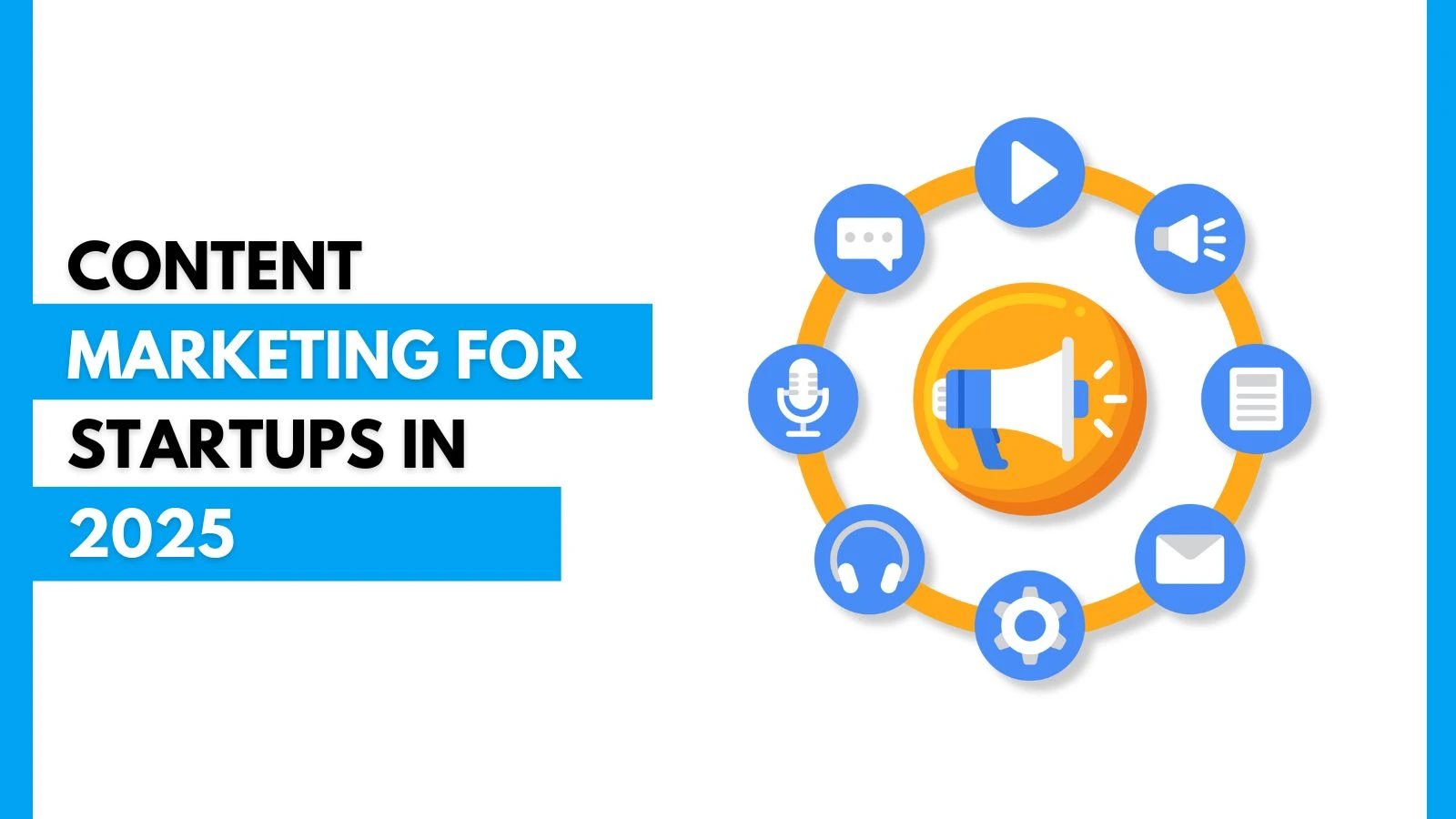
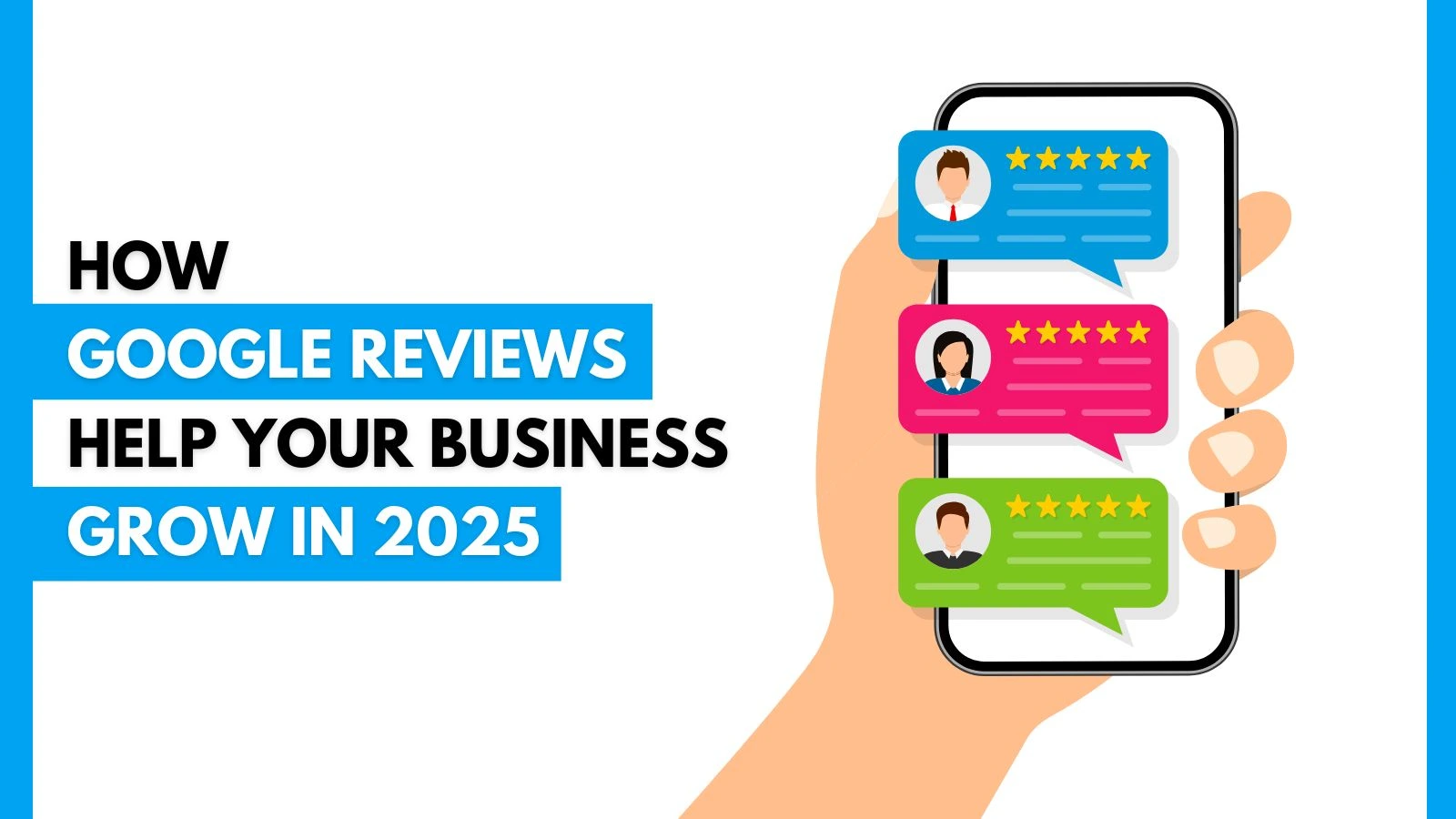
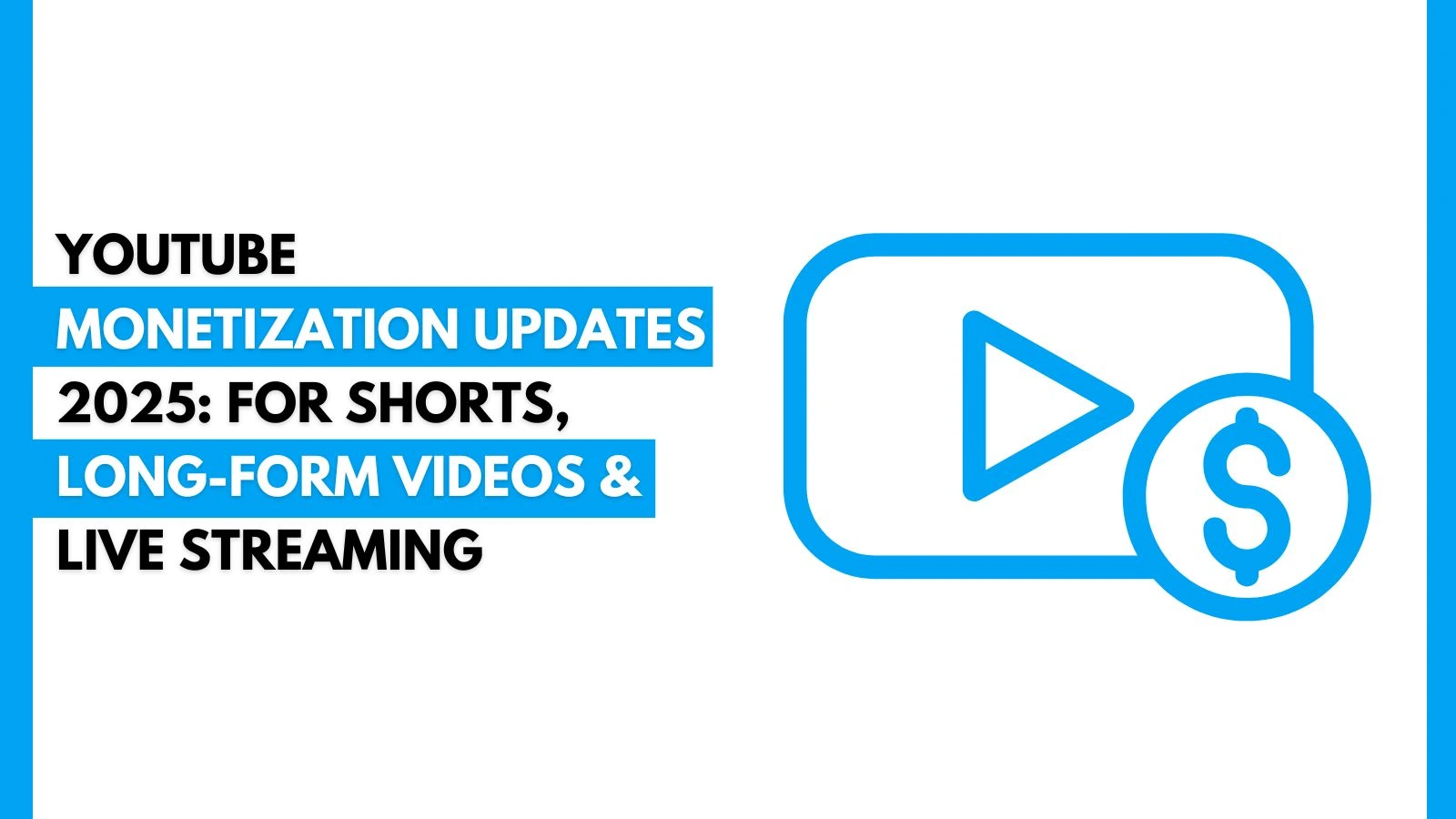
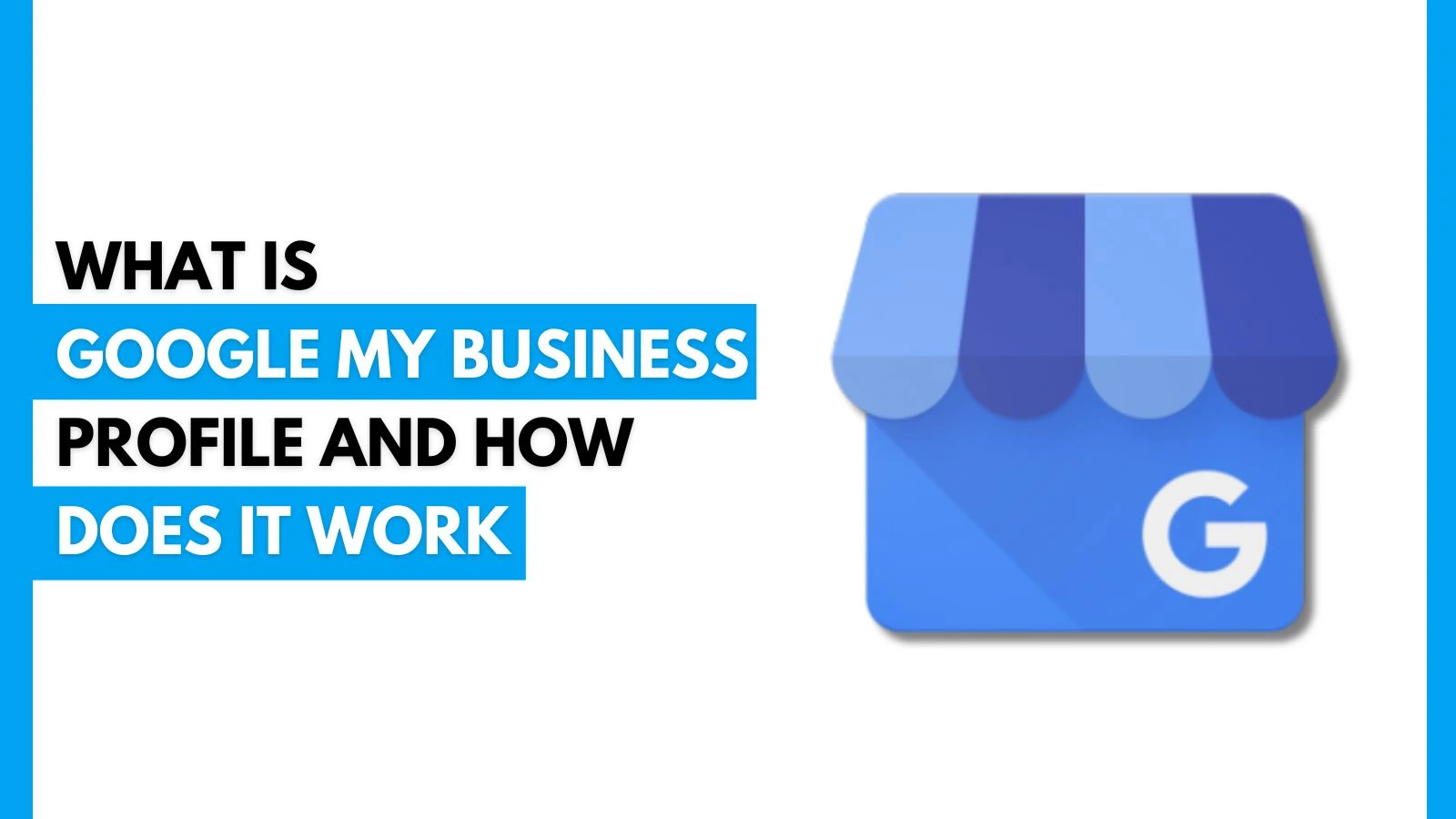
.webp)
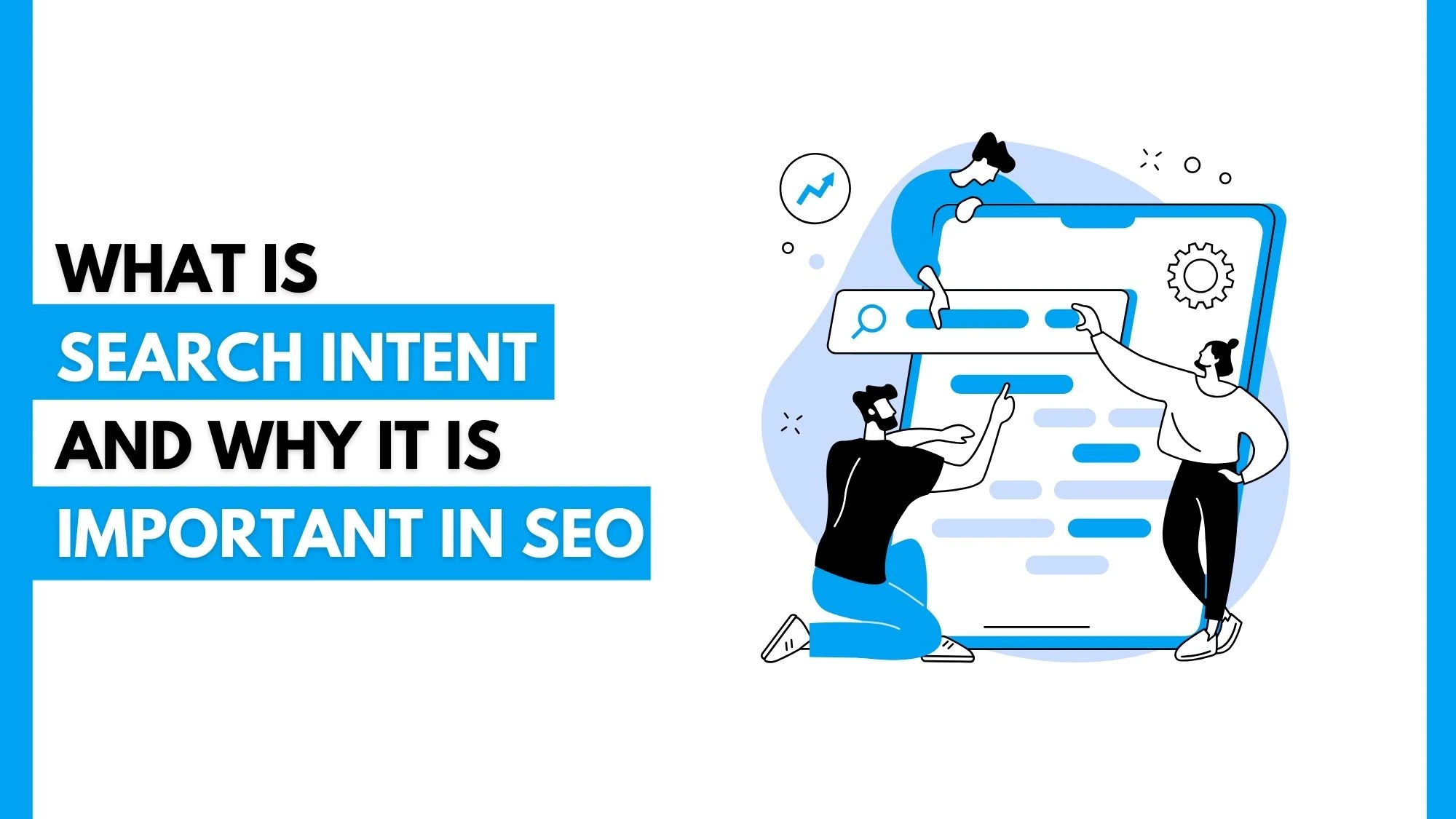
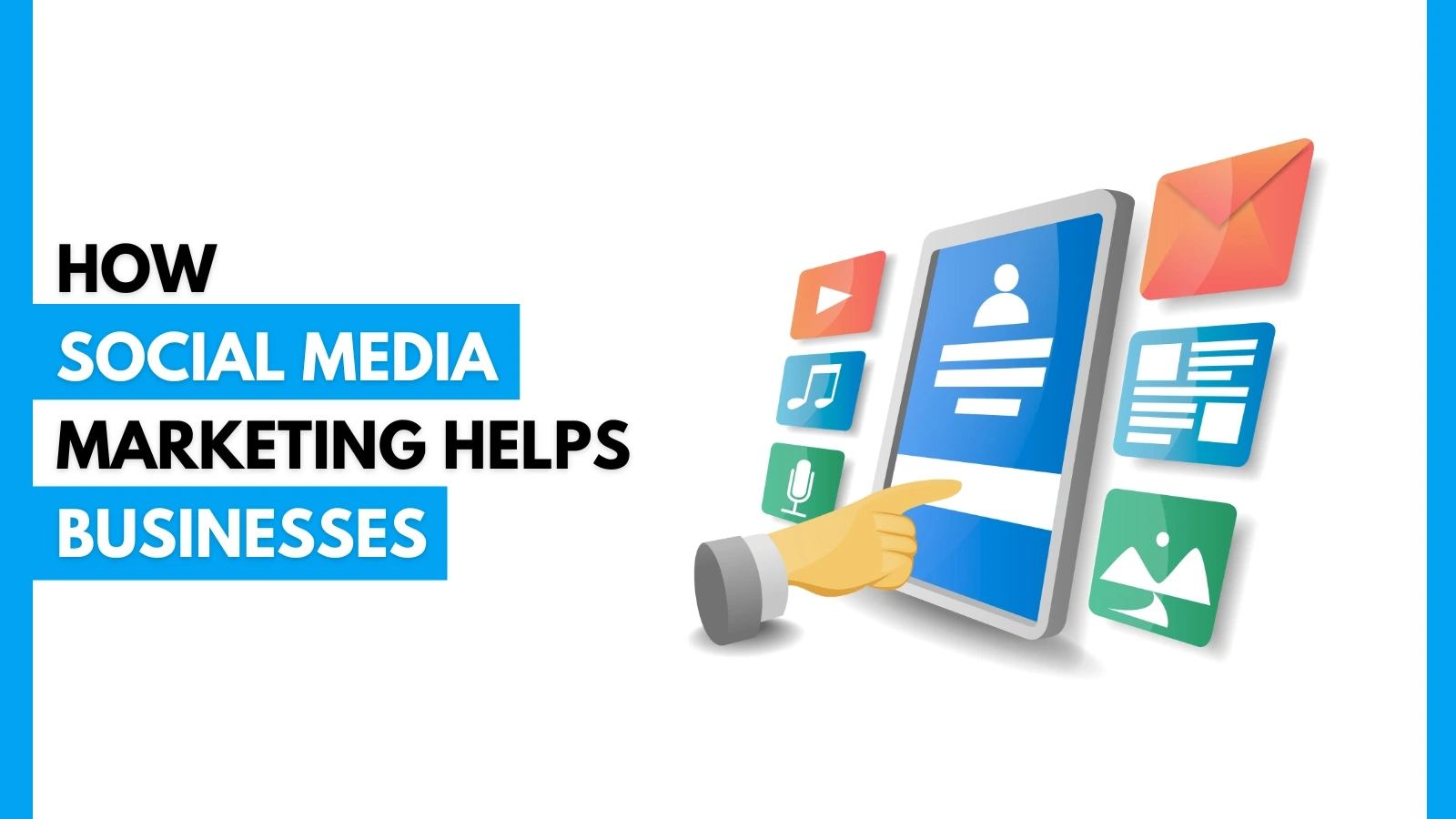
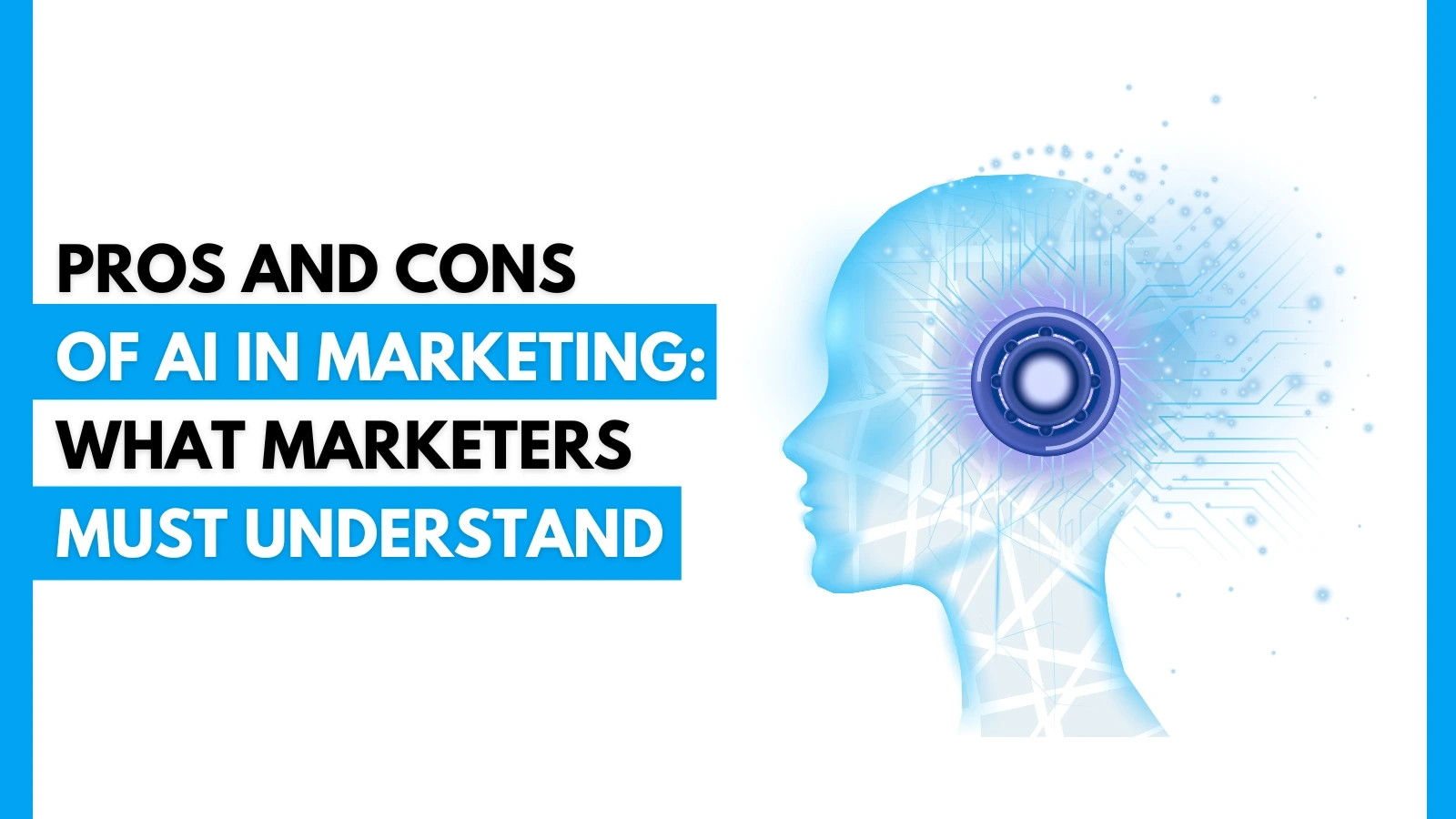
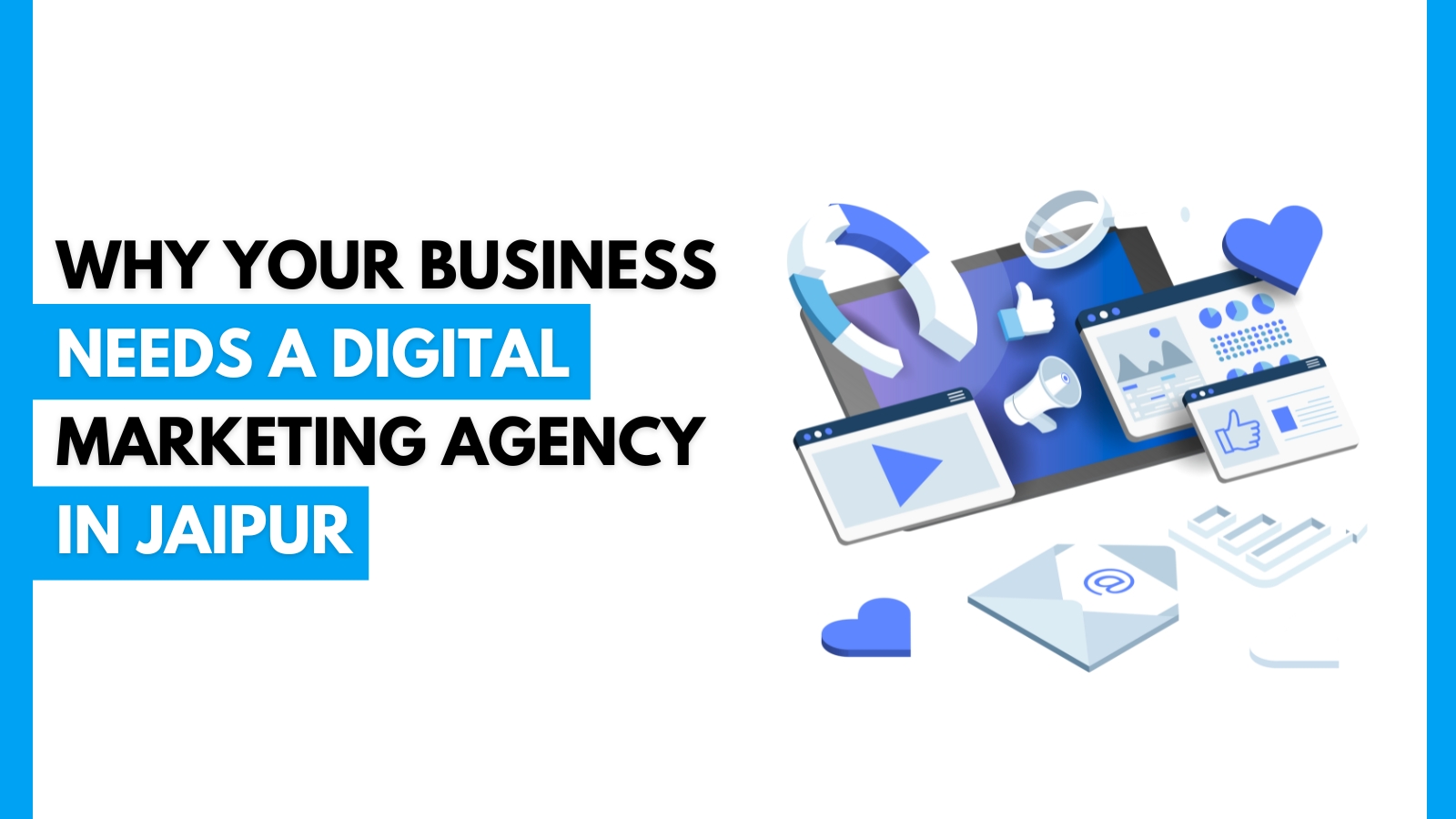
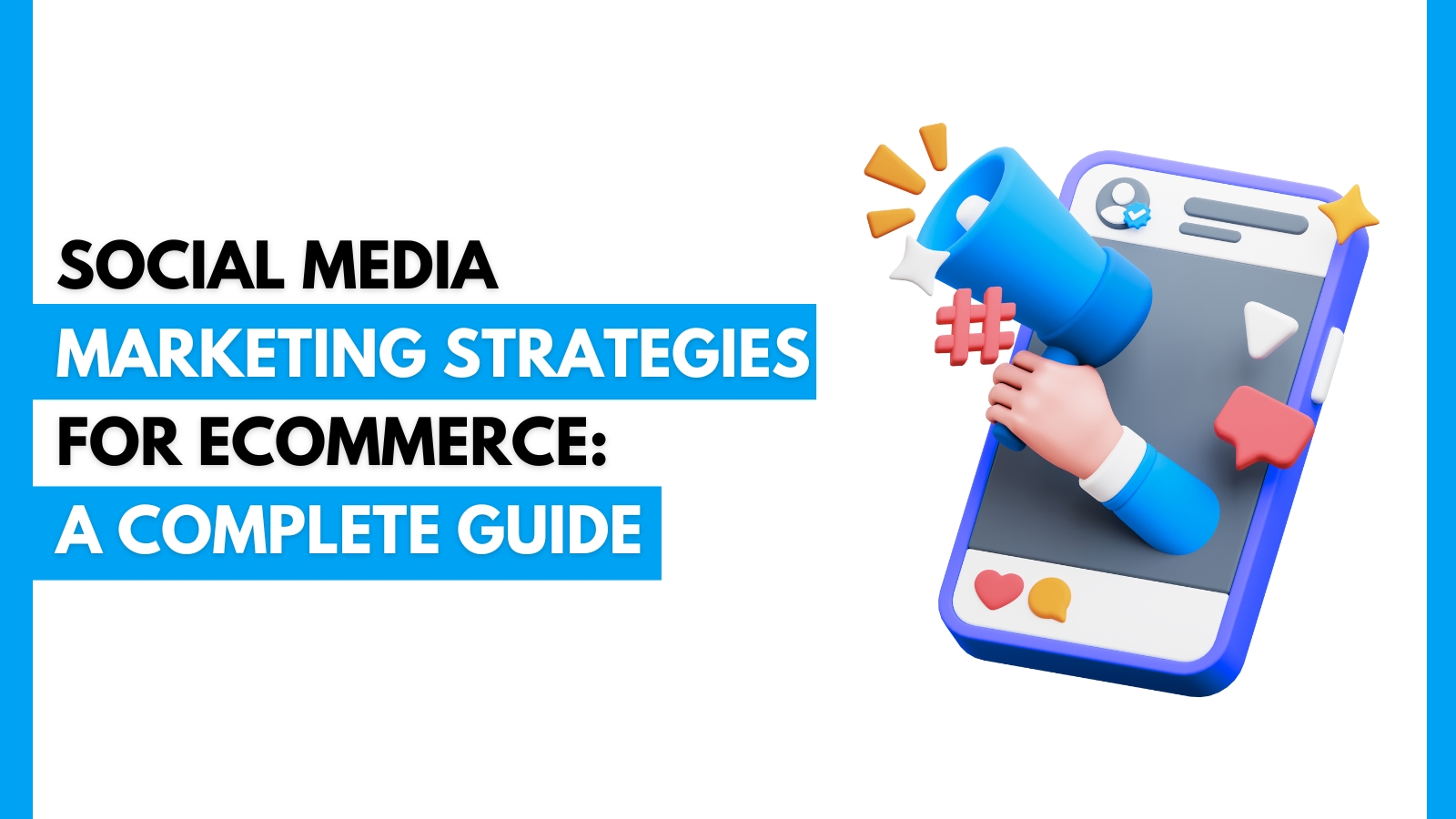

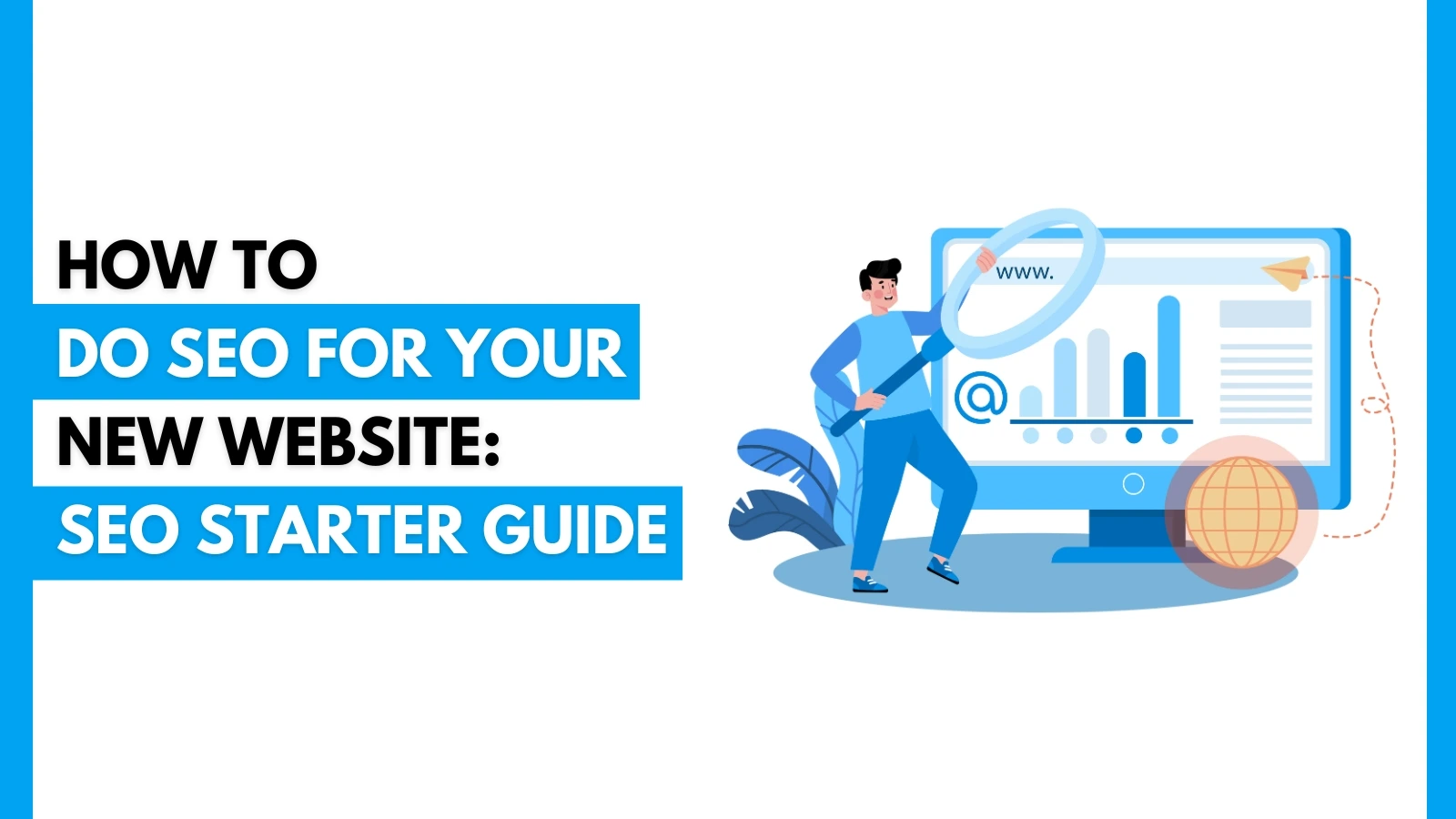
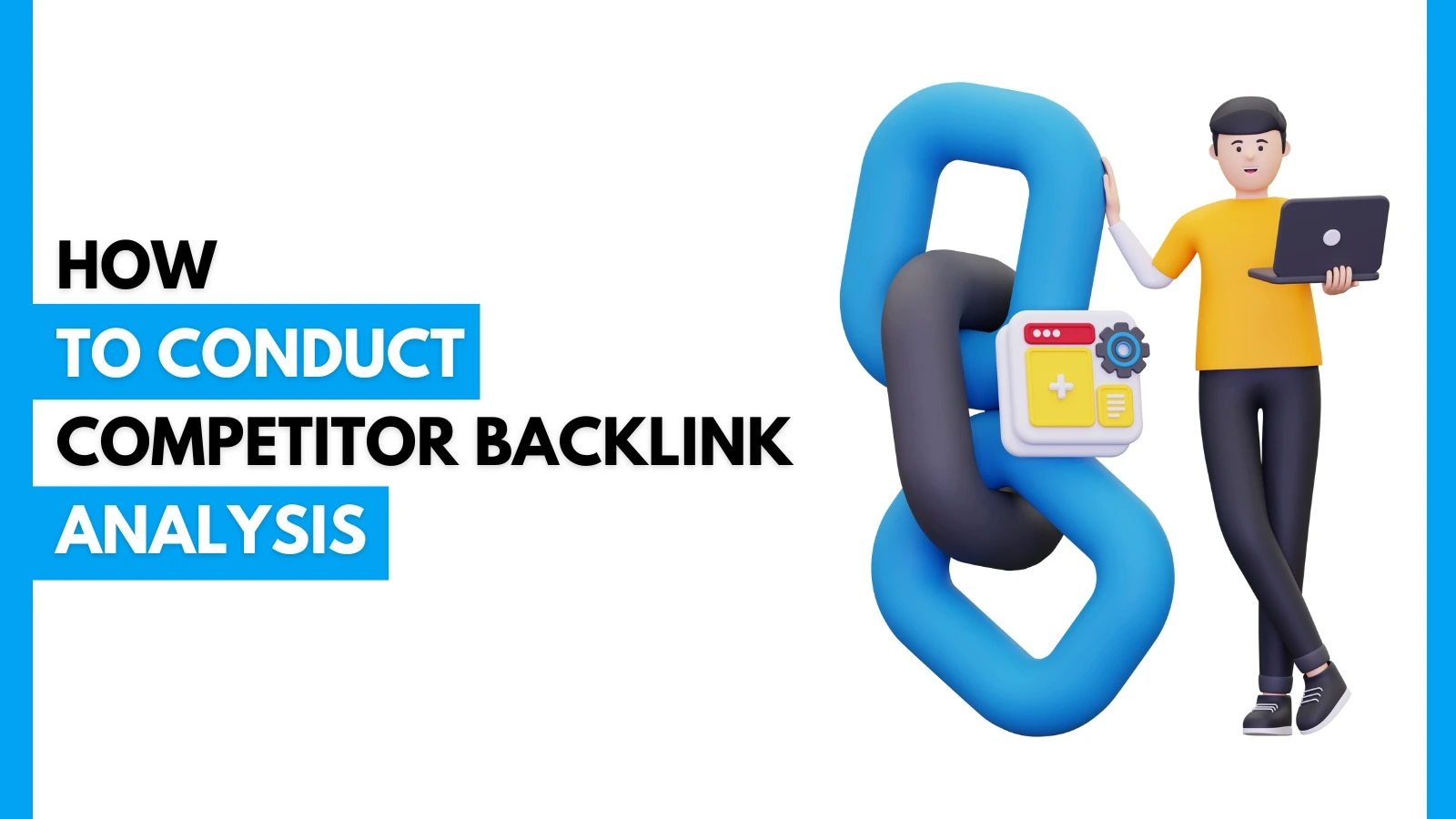
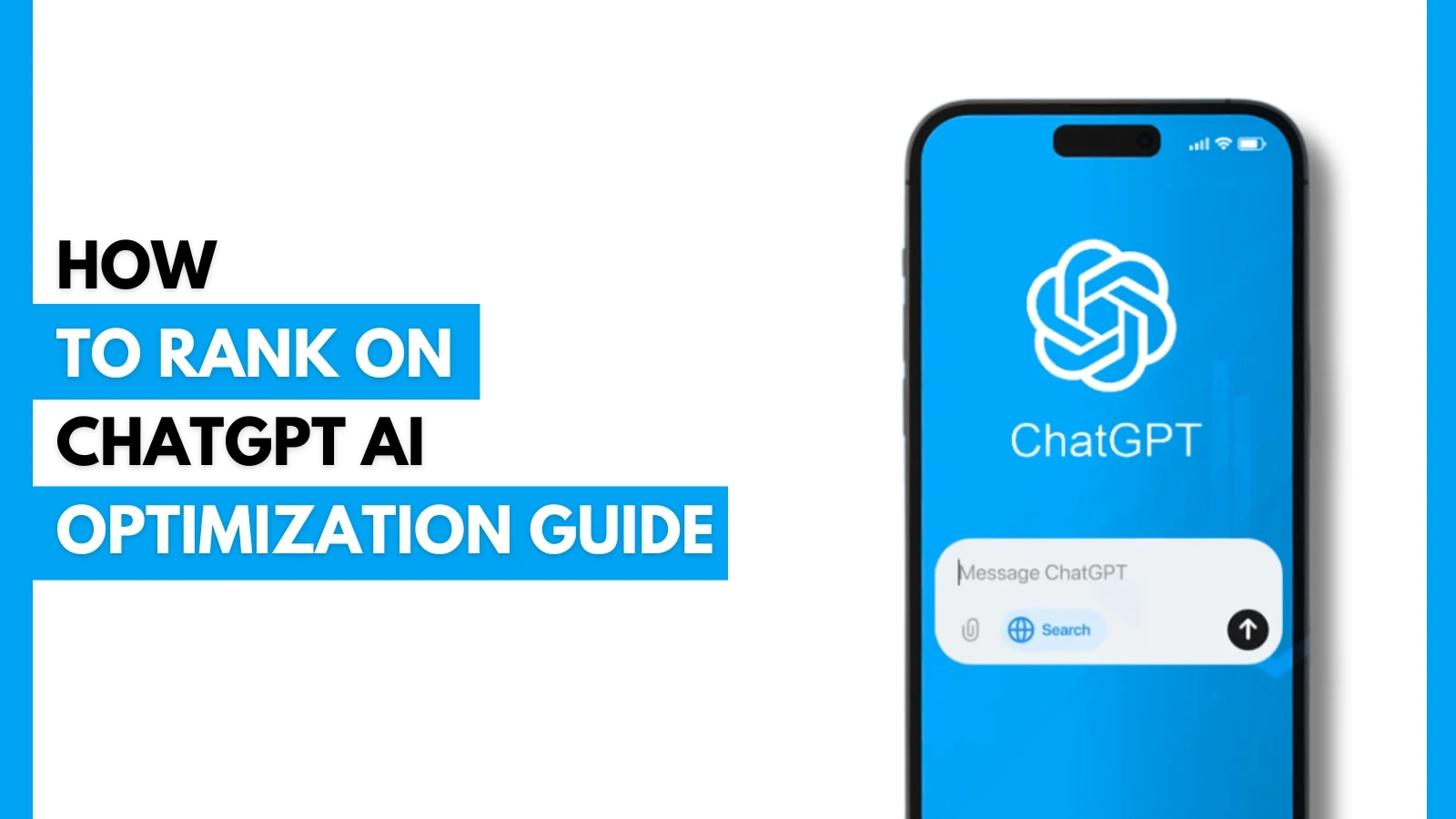
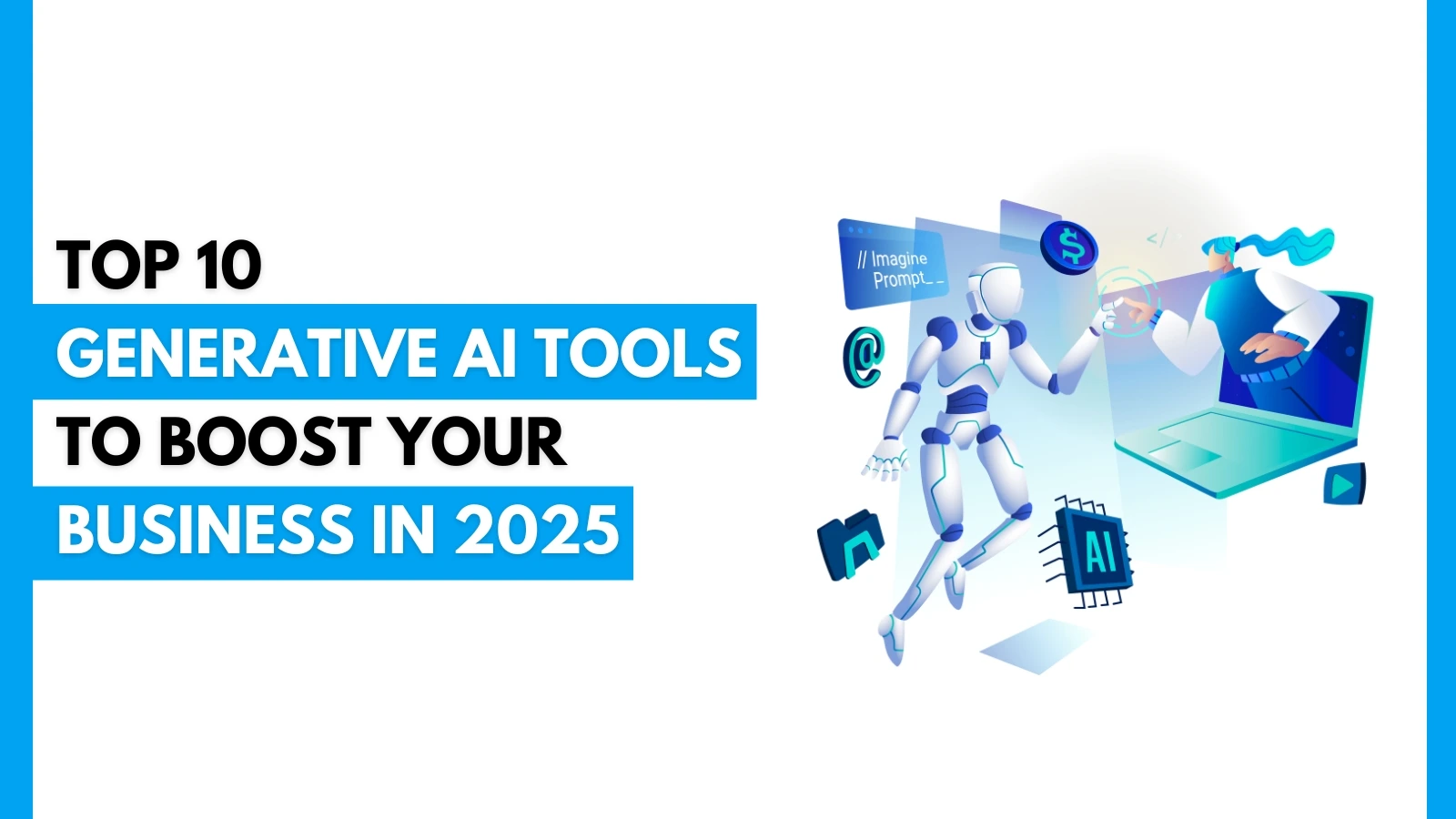
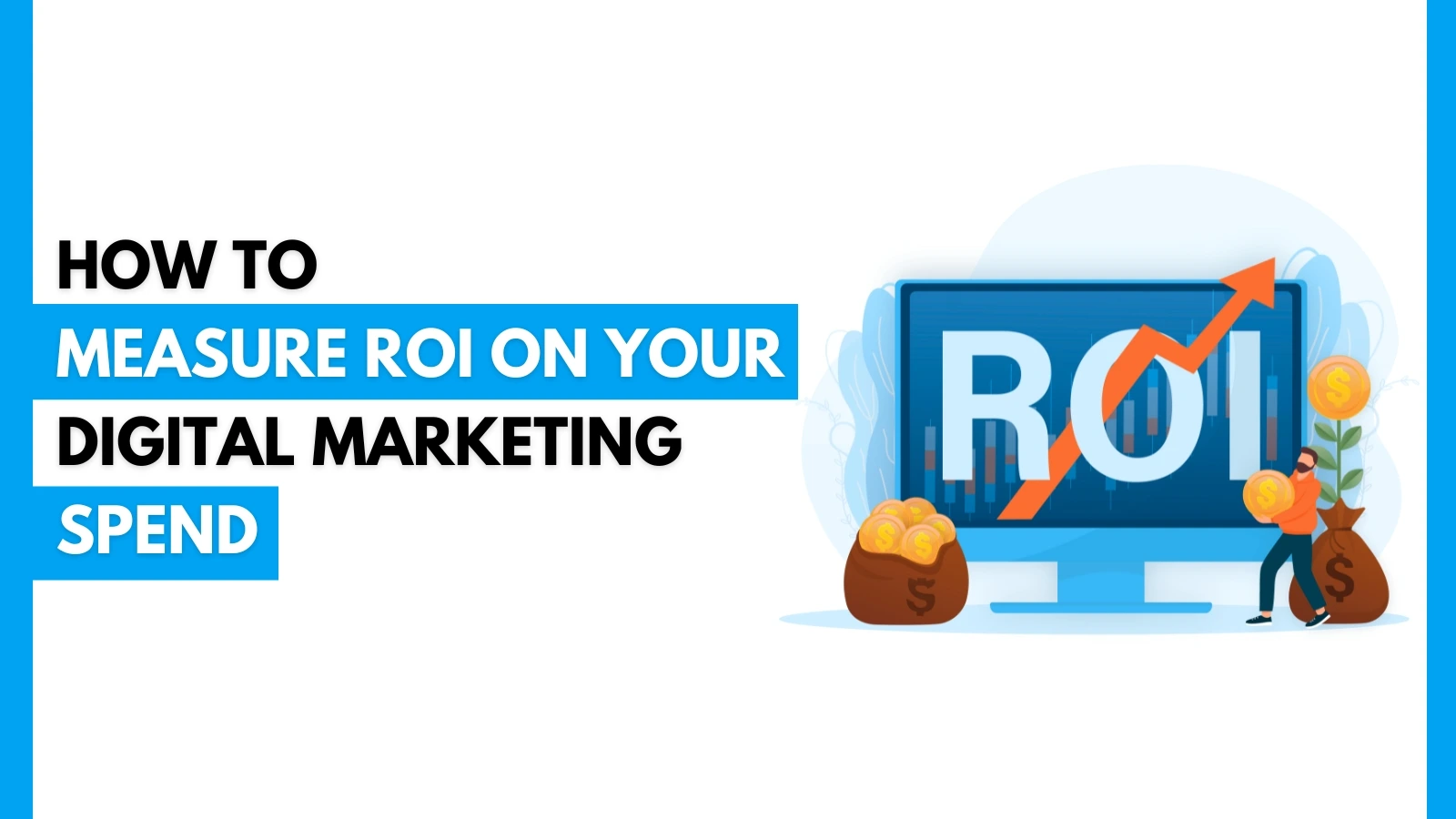

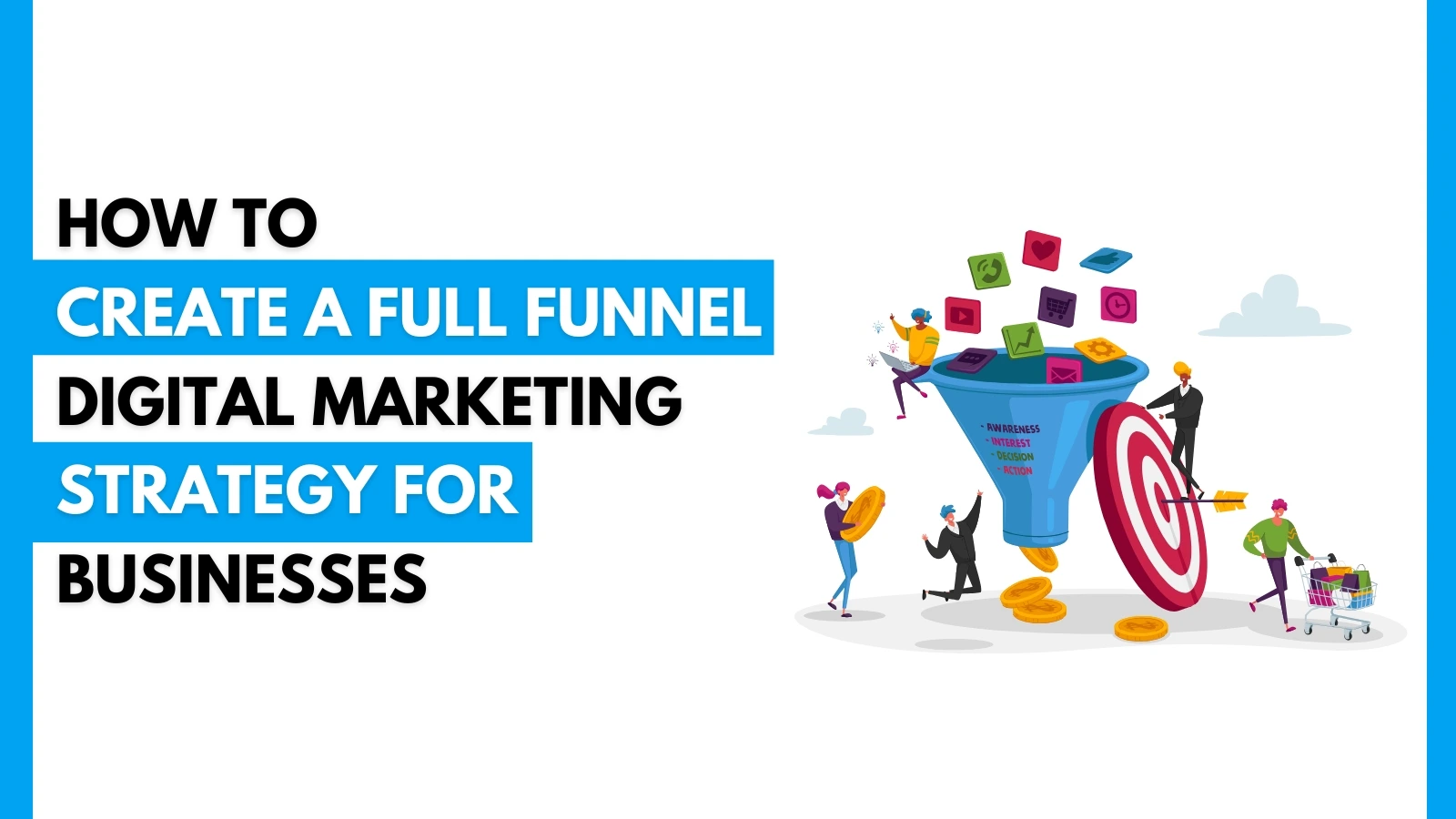
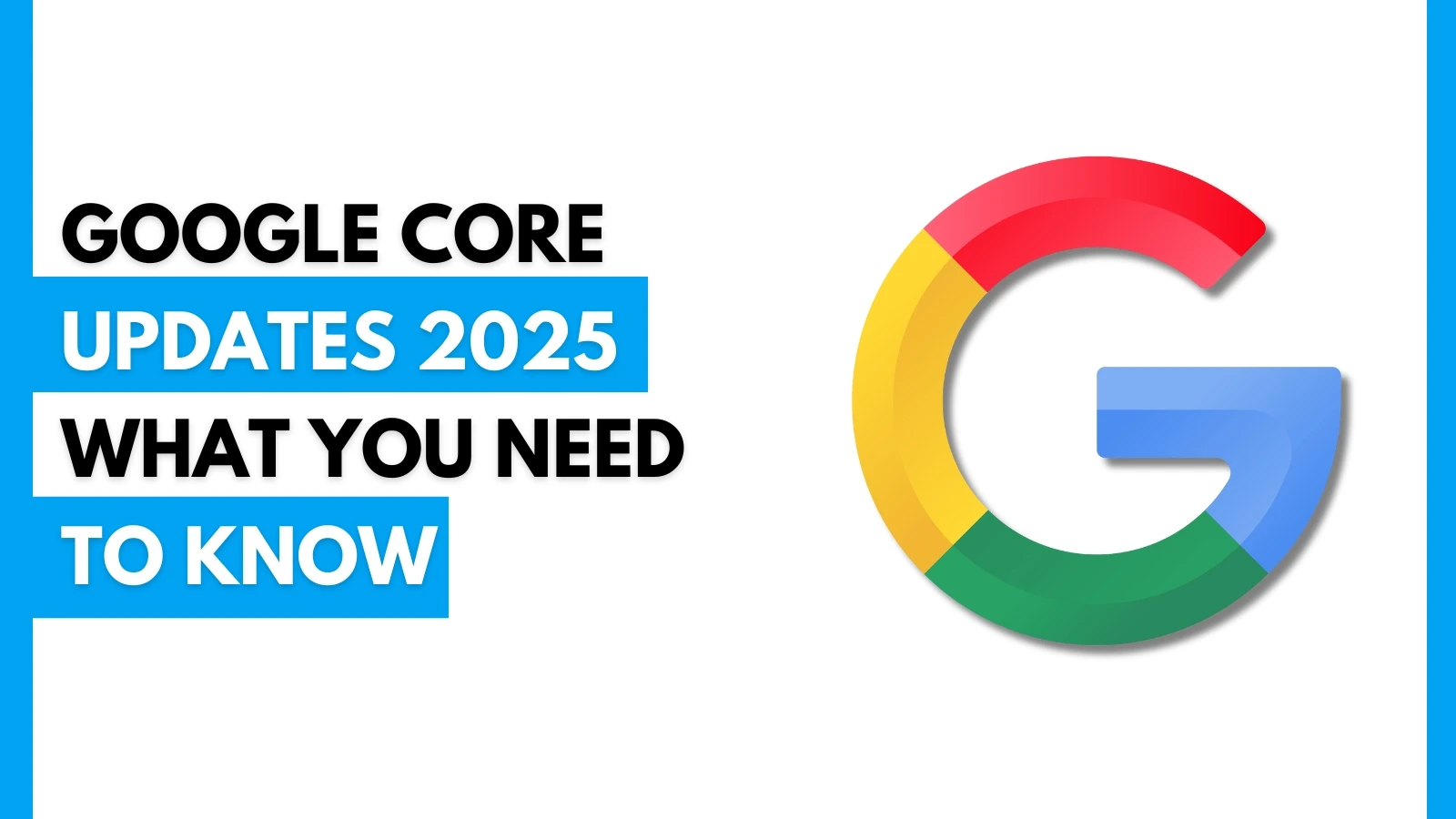
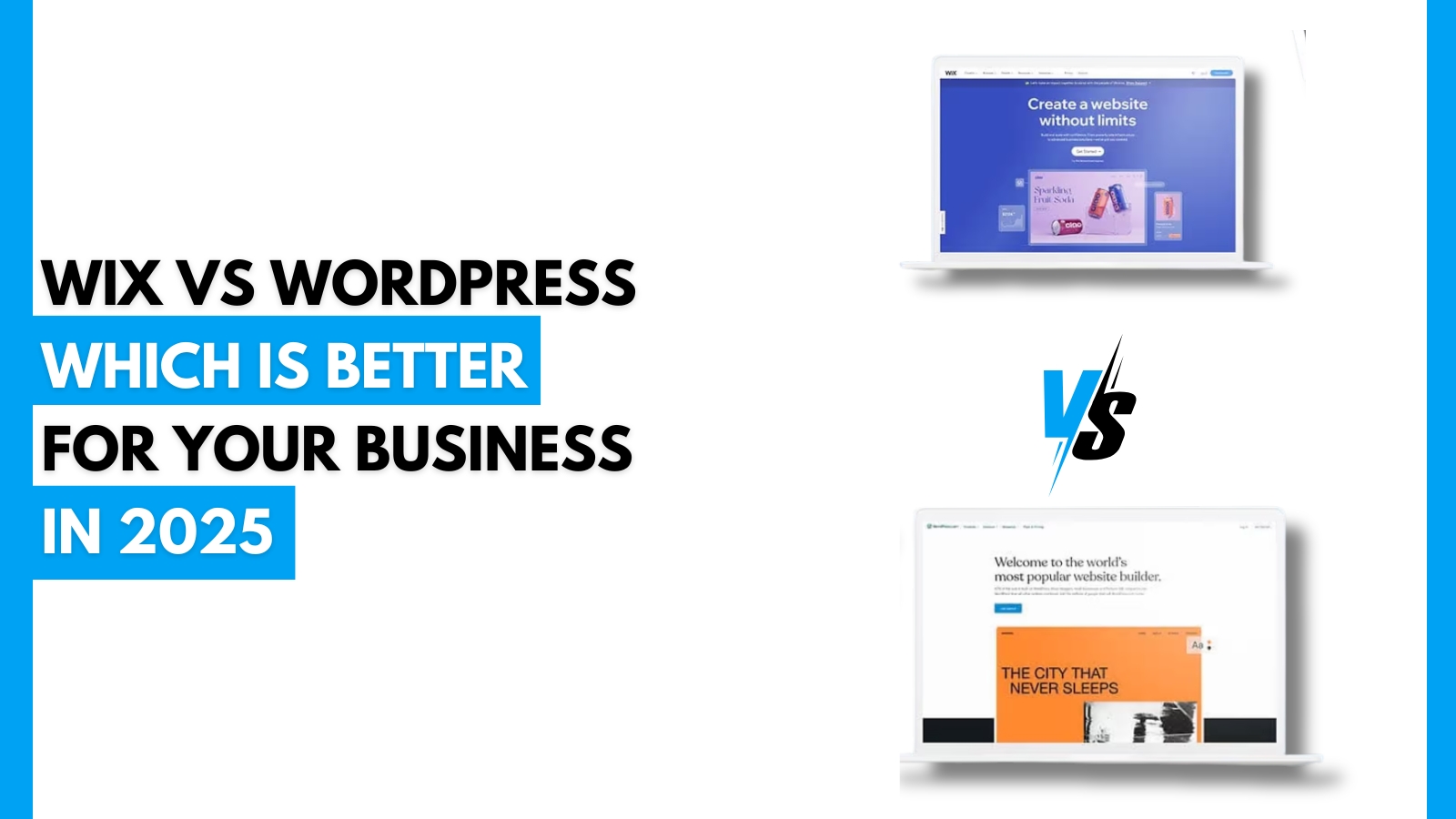




.webp)






















 A Complete Guide.webp)










































.jpg)










 Efficiently.jpg)
.jpg)
























.jpg)
.jpg)
























.jpg)


















.jpg)
.jpg)




























.webp)





.jpg)


















 Campaign.jpg)




.jpg)

.jpg)

.png)



.jpg)



.jpg)
.jpg)
.jpg)



.jpg)








.png)
.jpg)




.jpg)

.jpg)
.jpg)


.jpg)


.jpg)



.jpg)





















.jpg)














.png)





















.jpg)






.png)

.png)



.png)

.png)
.png)



.png)
.png)
.png)
.png)
.png)

.png)
.png)
.png)
.png)
.png)
.png)
.png)
.png)
.png)
.png)
.png)

.png)
.png)
.png)
.png)
.png)
.png)
.png)
.png)
.png)



.png)
.png)
.png)

.png)
.png)
.png)
.png)
.png)
.png)
.png)
.png)
.png)
.png)
.png)
.png)
.png)
.png)
.png)
.png)
.png)
.png)
.png)
.png)
.png)
.png)
.png)
.png)
.png)
.png)
.png)
.png)
.png)
.png)
.png)


.png)
.png)

.png)
.png)
.png)
.png)
.png)
.png)
.png)
.png)
.png)
.png)
.png)
.png)
.png)
.png)
.png)
.png)
.png)
.png)
.png)
.png)

.png)
.png)
.png)

.png)
.png)
.png)
 (1).png)
.png)
.png)
.png)
.png)
.png)
.png)
.png)
.png)

.png)

.png)
.png)
.png)
.png)
.png)
.png)
.png)

.png)
.png)
.png)
.png)
.png)
.png)
.png)
.png)
.png)
.png)
.png)
.png)
.png)
.png)
.png)
.png)


.png)
.png)
.png)
.png)
.png)
.png)
.png)

.png)
.png)
.png)
.png)
.png)
.png)
.png)
.png)
.png)

.png)
.png)

.png)
.png)
.png)

.png)
.png)
.png)

.png)
.png)
.png)
.png)
.png)
.png)
.png)
.png)
.png)
.png)
.png)
.png)
.png)
.png)
.png)
.png)
.png)
.png)
.png)